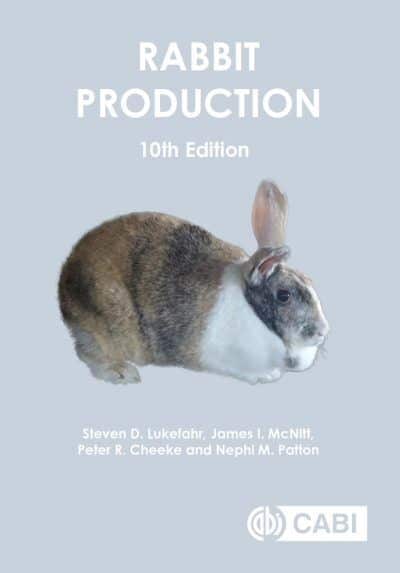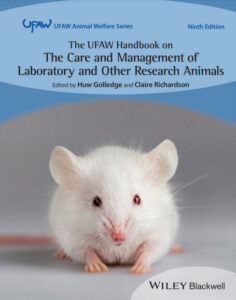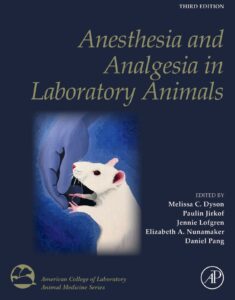Rabbit Biotechnology: Rabbit genomics, Transgenesis, Cloning and Models

By Louis-Marie Houdebine and Jianglin Fan
Rabbit Biotechnology: Rabbit genomics, Transgenesis, Cloning and Models PDF. Louis-Marie Houdebine and Jianglin Fan The study of biological functions of proteins and their possible roles in the pathogenesis of human diseases requires more and more relevant animal m- els. Although mice including genetically modified mice offer many possibilities, other non-murine species are absolutely required in some circumstances. Rabbit is one of these species, which has been widely used in biomedical studies. This animal is genetically and physiologically closer to humans including cardiov- cular system and metabolism characteristics. Rabbit is thus more appropriate than mice to study some diseases such as atherosclerosis and lipid metabolism. Because of its larger size, surgery manipulation, bleeding, and turn-over studies are much easier performed in rabbits than in mice. Furthermore, transgenic rabbits can be produced using microinjection and other methods such as lentiviral v- tors. Cloning in rabbits has been proved possible, even though still laborious and time-consuming. Hopefully, functional rabbit ES cell lines will be available in the coming years. Gene deletion or knock-out in rabbits will then become possible.

| File Size | 19.2 MB |
| File Format | |
| Download link | Free Download | Become a Premium, Lifetime Deal |
| Updates & Support | Join Telegram Channel To Get New Updates | Broken Link |
| Become a Premium |  |
| More Books: | Browse All Categories |













![Ettinger’s Textbook of Veterinary Internal Medicine 9th Edition [PDF+Videos] Ettinger’s Textbook of Veterinary Internal Medicine 9th Edition [True PDF+Videos]](https://www.vet-ebooks.com/wp-content/uploads/2024/10/ettingers-textbook-of-veterinary-internal-medicine-9th-edition-100x70.jpg)

![Textbook of Veterinary Diagnostic Radiology 8th Edition [PDF+Videos+Quizzes] Thrall’s Textbook of Veterinary Diagnostic Radiology, 8th edition PDF](https://www.vet-ebooks.com/wp-content/uploads/2019/09/textbook-of-veterinary-diagnostic-radiology-8th-edition-100x70.jpg)






